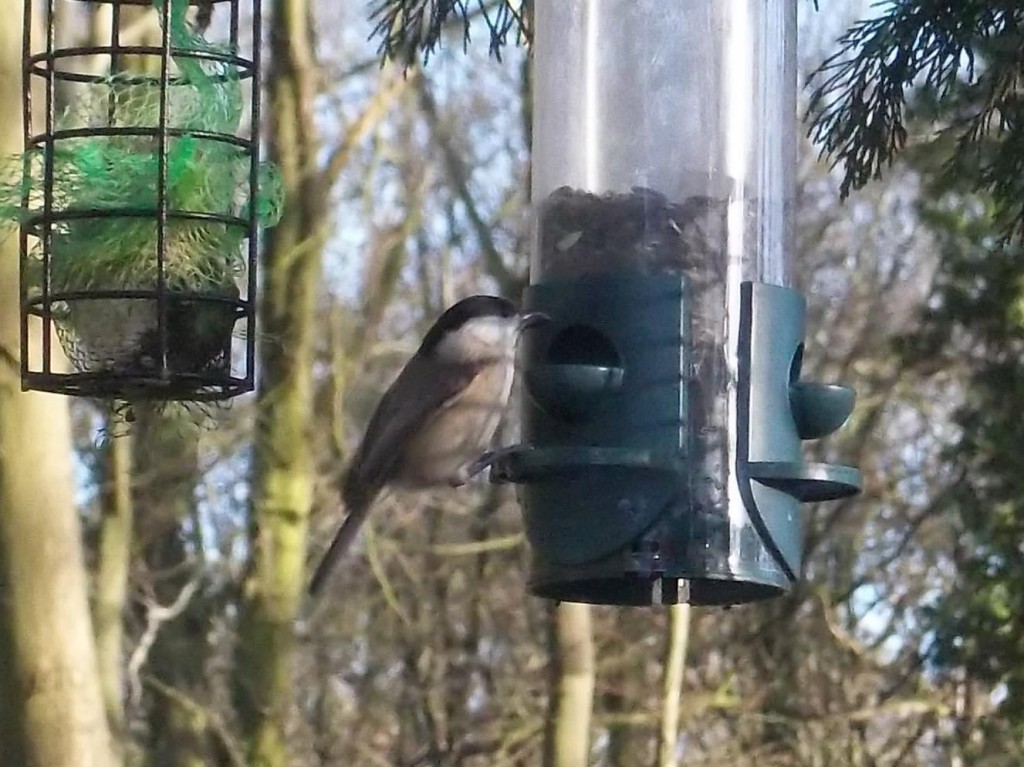Grant will enable volunteers to improve area and reduce damage.
Twenty five years ago three friends bought a small piece of woodland in Warwickshire, named Chantry Heath Wood. Since then it has become a haven for rare, local wildlife, particularly woodland birds. It is being maintained and conserved by the owners and a team of enthusiastic volunteers and has had a welcome boost from the Forestry Commission.
Of ten key woodland bird species at least five have now been spotted in the woodland. There are confirmed sightings of lesser spotted woodpeckers, wood warblers, lesser redpolls, willow tit and marsh tit with unconfirmed sightings of a spotted flycatcher and nightingale.
The woodland has faced many challenges, as one of the owners, Karl McCurry, explains: m“We have had to remove tonnes of rubbish left by fly-tipping from thoughtless people using the woodland as a dumping ground and at one time the local airport wanted to cut down a large percentage of the trees.”
Cash for improving the woodland work has been hard to find and mainly came out of the owners’ pockets, so when a chance conversation with a local farmer and a search on the internet lead to an approach to Paul Webster of the Forestry Commission, Karl was thrilled: “Paul was very interested in what we were trying to achieve and visited the woodland. He provided us with clear, professional advice on how to improve the habitat for important local wildlife, in particular that for declining species of woodland birds as well as helping to increase the overall biodiversity within the woodland.”
Afterwards, the team received £4,865 from a successful application for a Bird Woodland Improvement Grant (WIG) from the Forestry Commission. This supported a number of valuable improvements that were previously unaffordable. A new perimeter fence was erected and the impact was immediate. Damage from deer and incidents of fly-tipping have significantly decreased, allowing the woodland flora and associated wildlife to recover.
The grant also funded a new hedge of native species planted behind the perimeter fence. When mature this will provide a natural barrier against fly-tipping, a food source and nesting habitat for many of the target species covered by the Bird WIG. Karl continued: “On Paul’s advice we selectively thinned an area of conifers to allow the remaining trees to develop and let more light in. This area has now had time to regrow. The increased light levels at the woodland floor have created a perfect habitat for many more species as well as those targeted in the West Midlands Bird WIG.
“We’ve seen native wild orchids, snakes, ravens, great crested newts, nuthatch, treecreepers, goldcrest and firecrest. The Forestry Commission help has had a massive impact on our woodland with the resulting benefits for biodiversity clear to see.”
Karl and the team are looking forward to see the wildlife continue to flourish with the future of the woodland more secure.
